Predicting passive seismic events with a convolutional neural network (Wang et al., 2020)
The ample size of time-lapse data requires tremendous event detection and source locating capabilities, especially in areas like shale gas exploration regions where a large number of passive seismic events are often recorded. In many cases, the real-time monitoring and locating of these events are essential to production decisions.
Conventional methods face considerable drawbacks. For example, traveltime based methods require traveltime picking; migration methods, on the other hand, require many wavefield modeling applications. These human interaction based pickings or wavefield simulations face severe issues when too many passive sources need to be located, which is common in shale gas explorations. A purely automatic method with no human interactions and less computational cost is necessary.
Recently, machine learning has been utilized for this task, whether to identity passive seismic events or to locate their sources once they are identified and picked. We propose to use an artificial neural network to directly map seismic data, without any picking, to locations of potential seismic events. A visual geometry group (VGG) neural network is trained on synthetic acoustic data, corresponding to known sources, to provide predictions of new passive source locations, and other source features such as source wavelet peak frequencies, amplitudes, and the number of sources within the data segment. To reduce the size of the input-to-the-network seismic data, we correlate the traces with the central trace to allow the network to focus on the curvature of the input data. We train the network to handle both single and multi events that might be included in the correlation window. An initial application of the approach on a simple V(z) model demonstrates its potential.
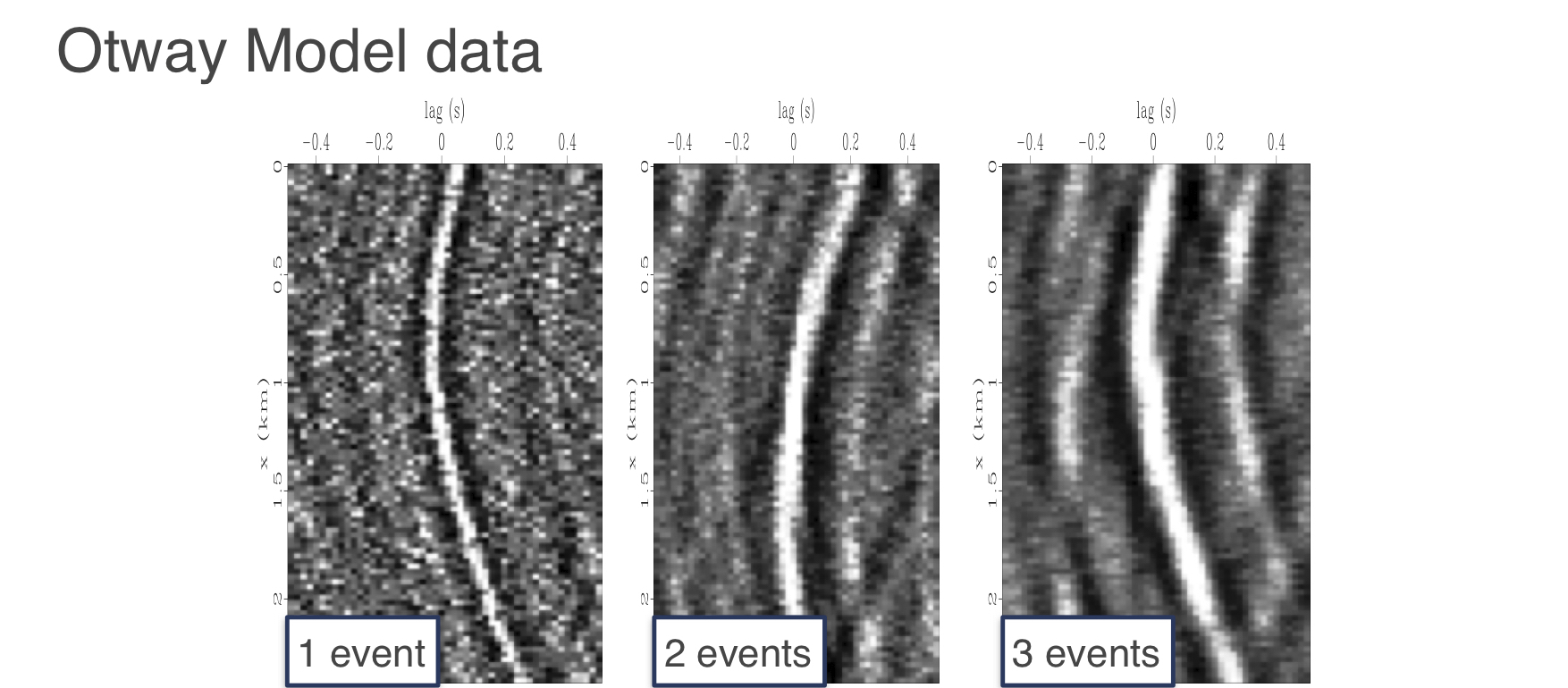
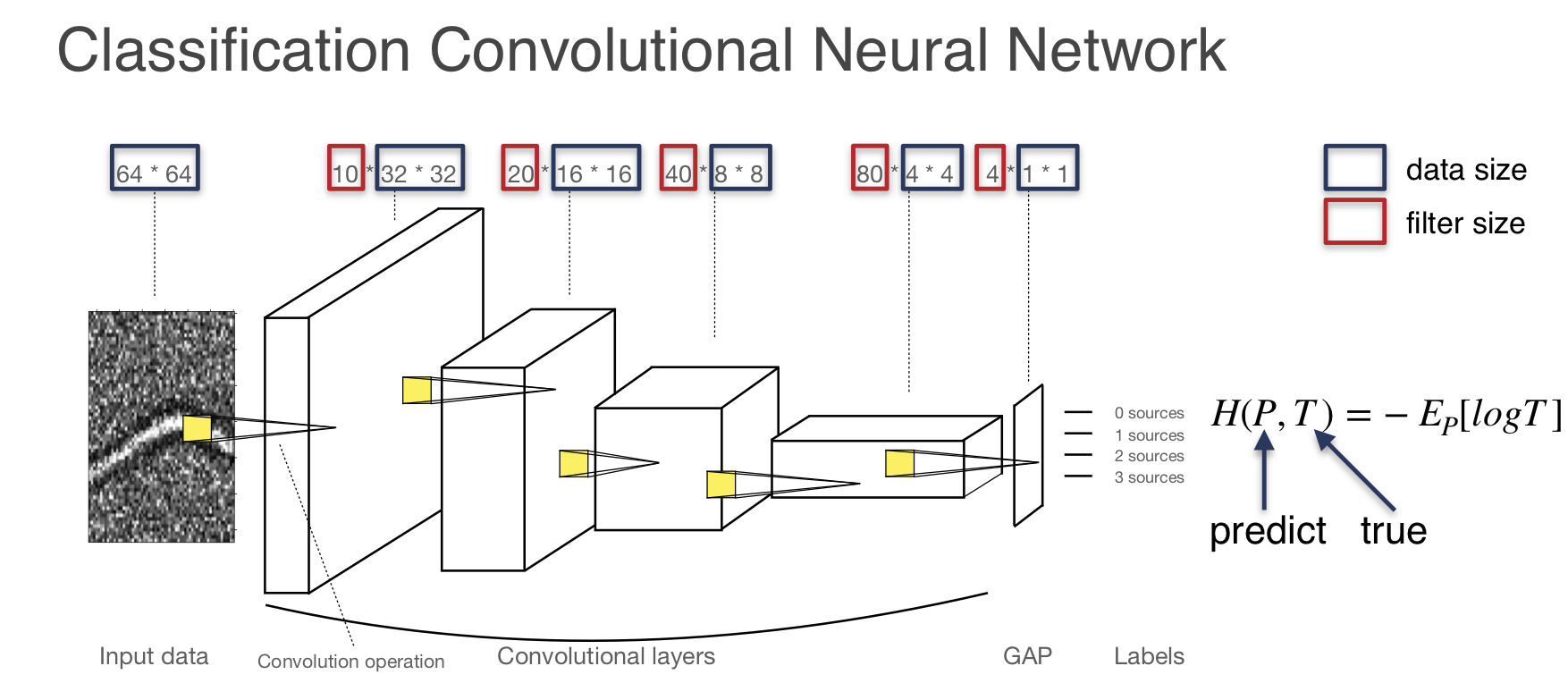
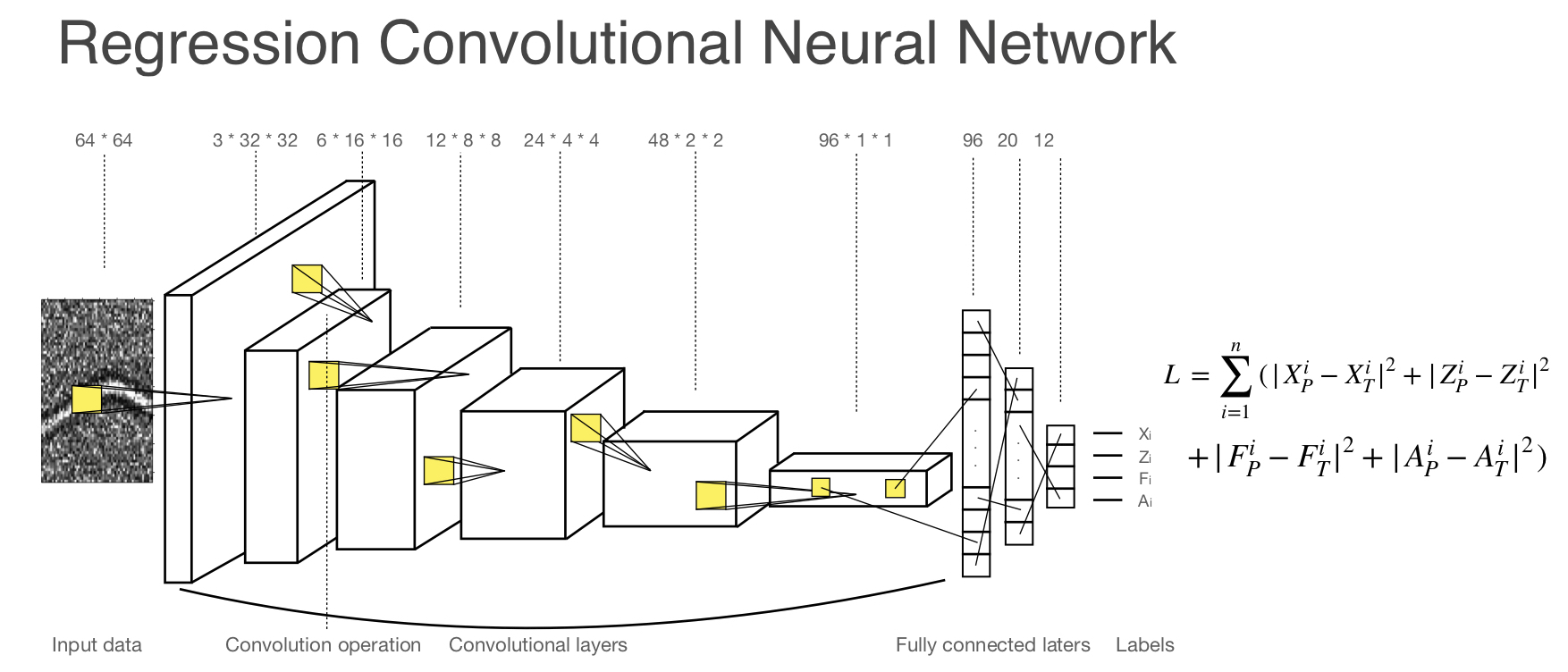
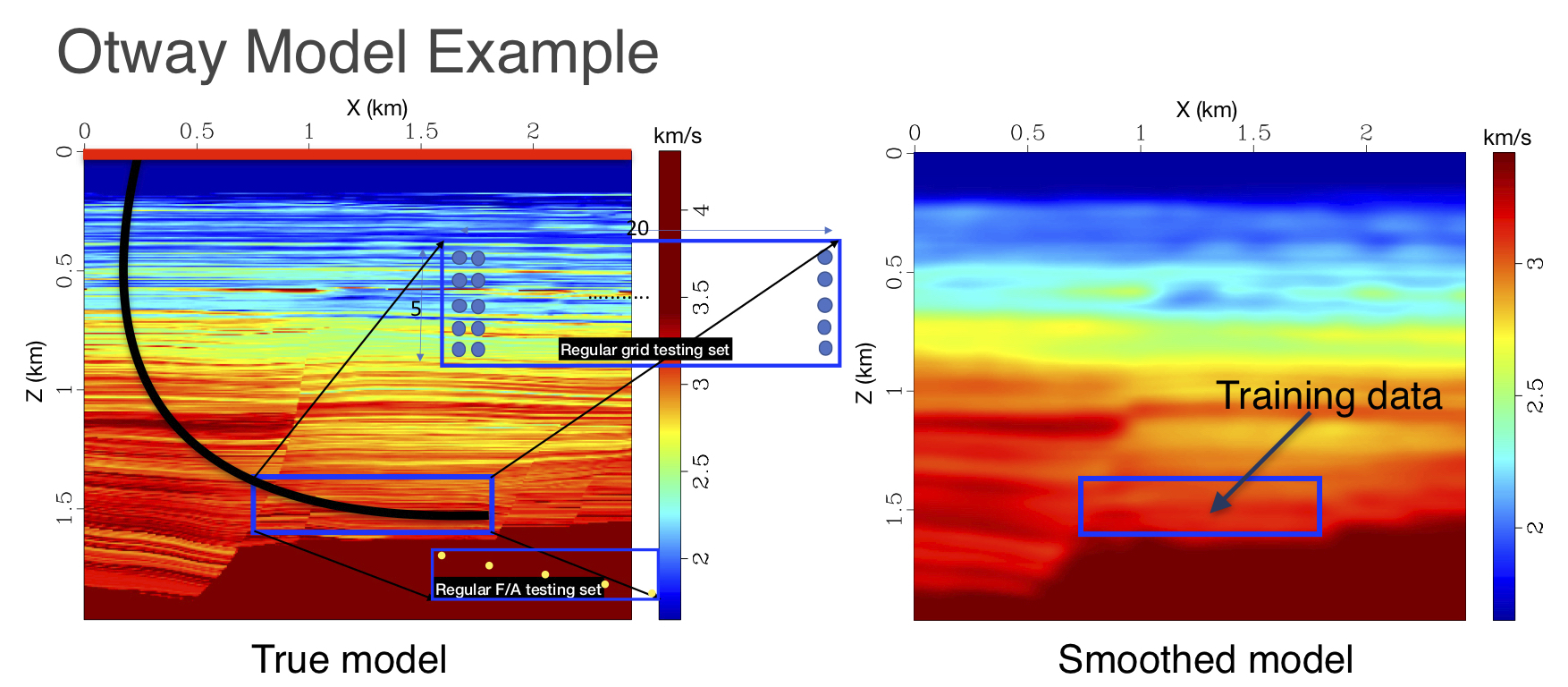
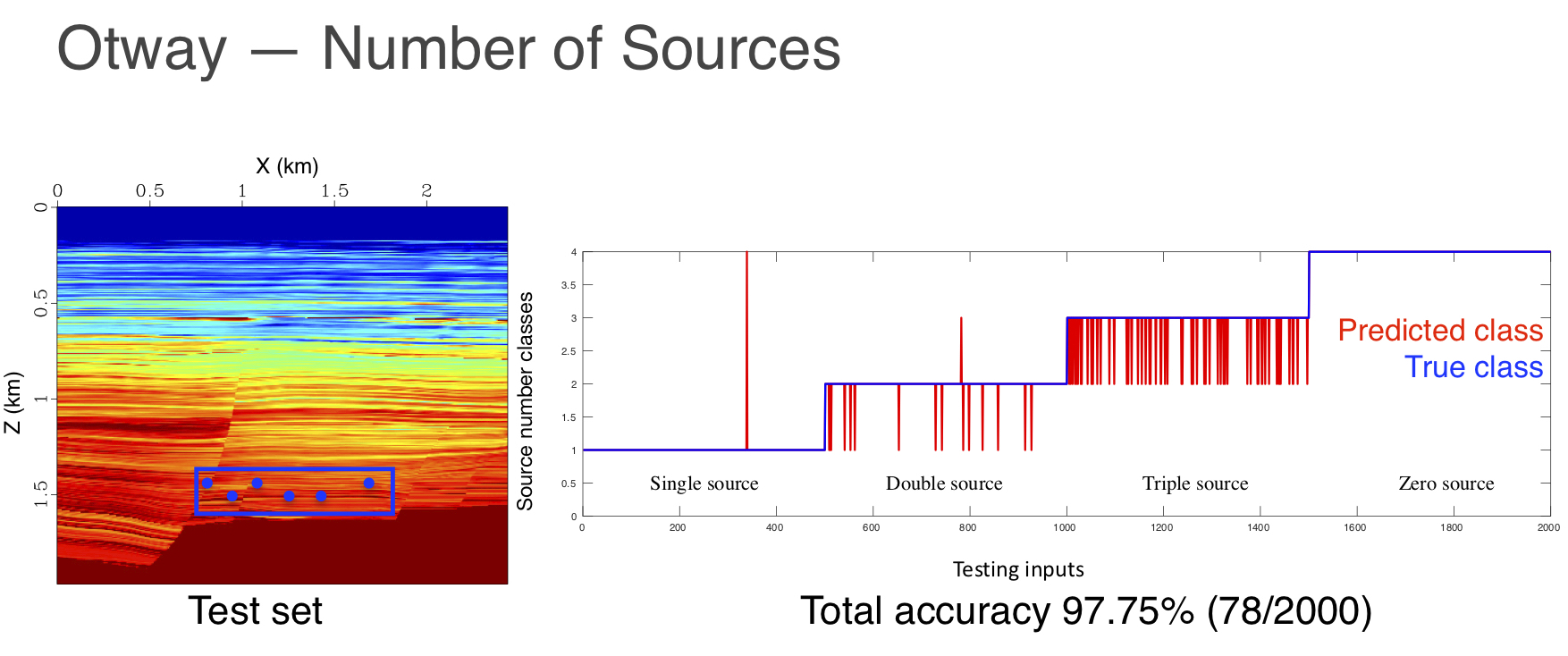
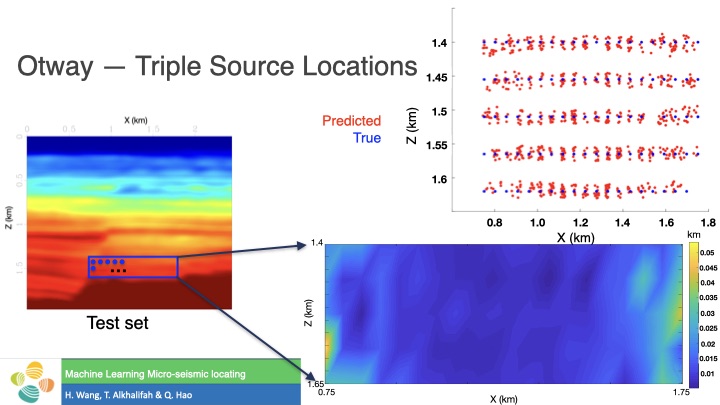

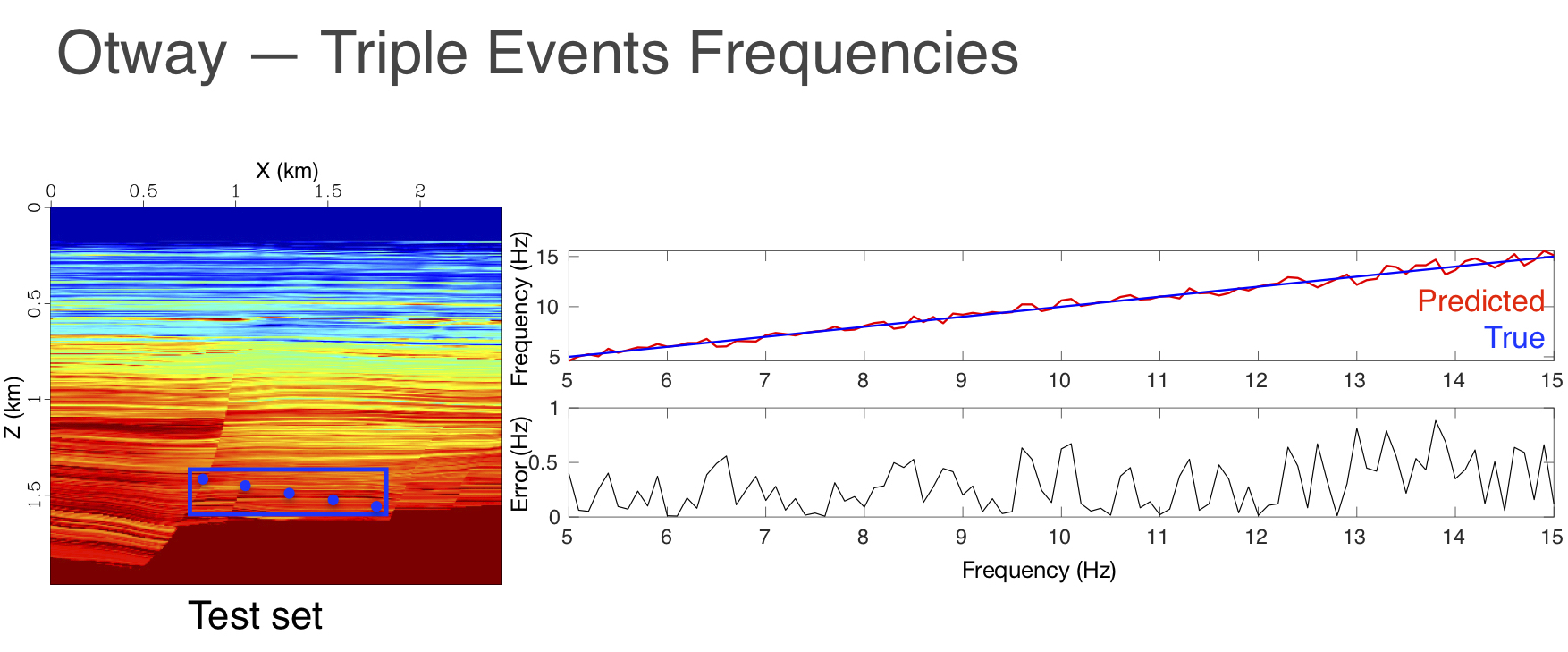
References
Wang H., Alkhalifah T., and Hao Q., (2020), "Predict passive seismic events with a convolutional neural network", SEG Technical Program Expanded Abstracts 2020: 2140-2145
Wang H., Alkhalifah T., and Hao Q., (2020), "Predict passive seismic events with a convolutional neural network", SEG Technical Program Expanded Abstracts 2020: 2140-2145